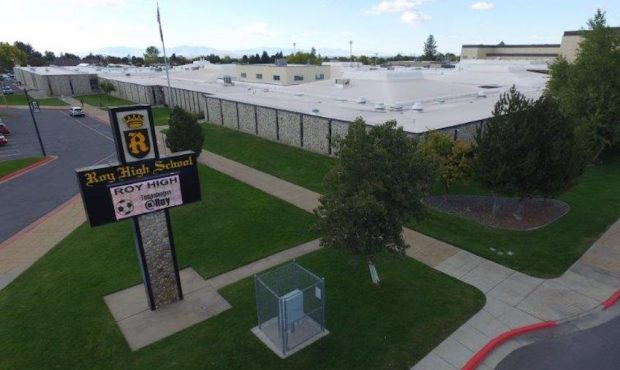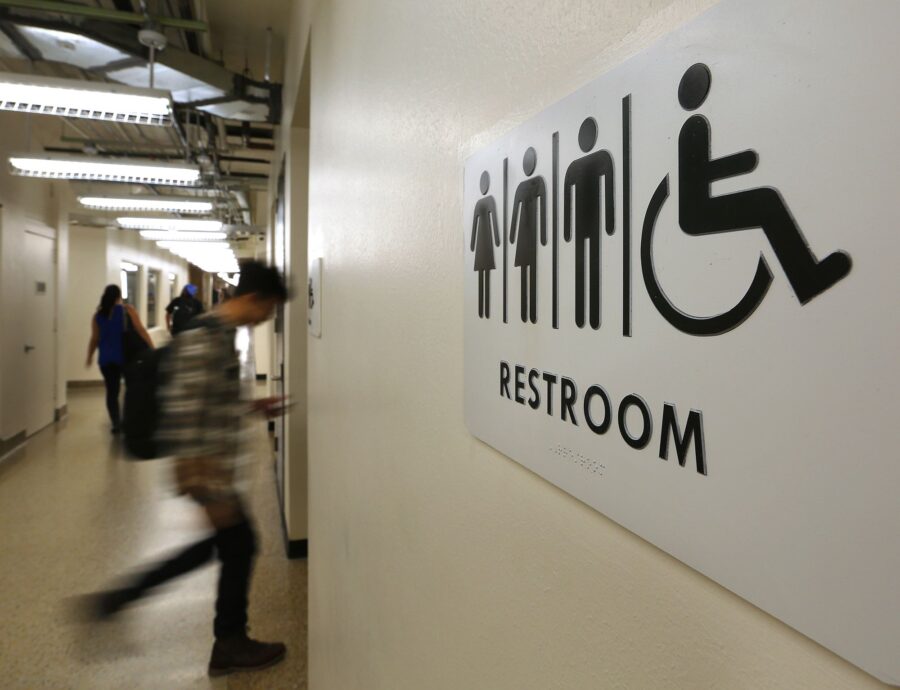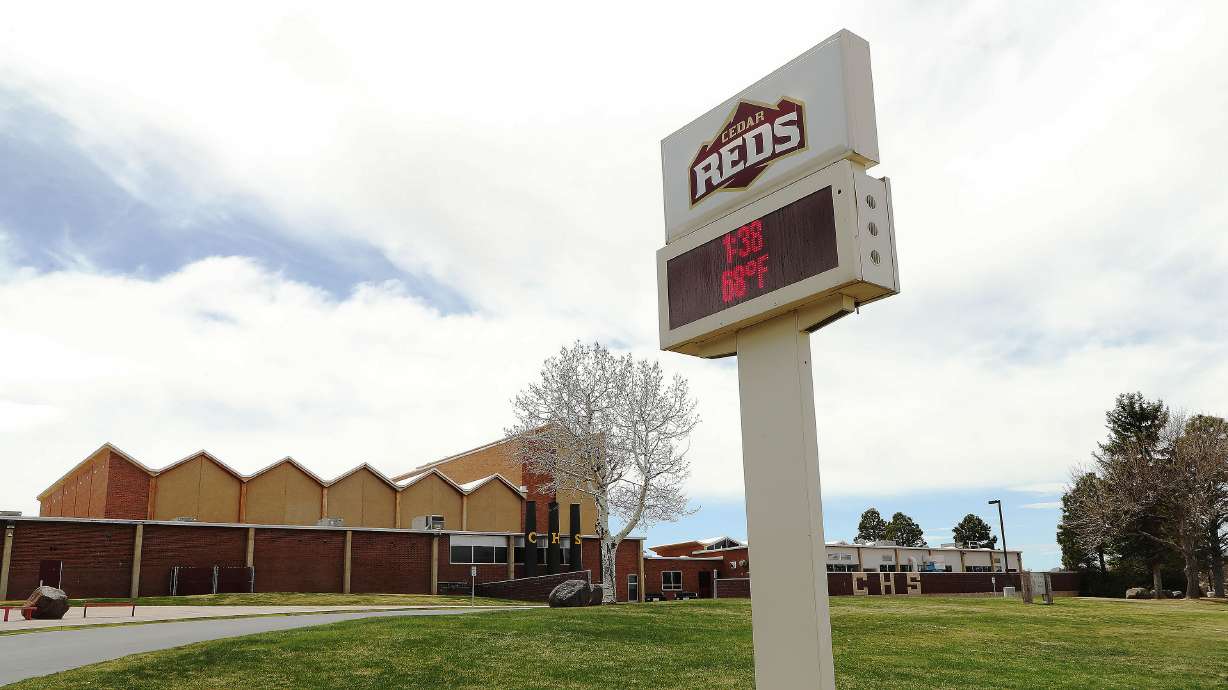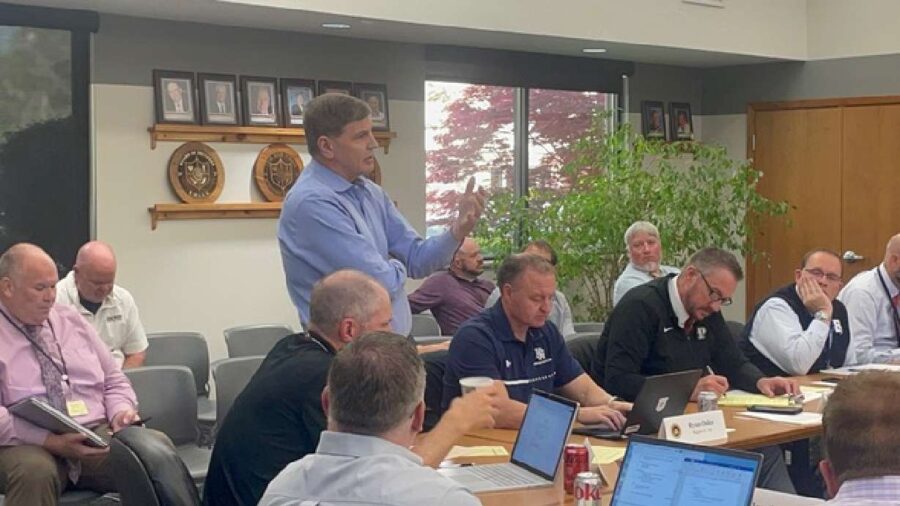New FAFSA calculation error by Education Department could further delay some students’ college decisions
Mar 22, 2024, 5:33 PM
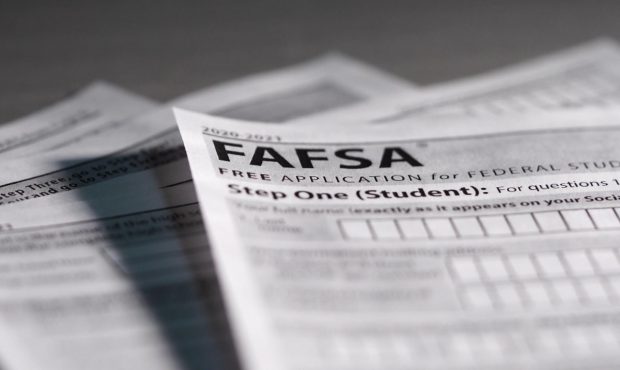
Washington (CNN) — The Department of Education said Friday that it has identified a vendor’s calculation error impacting several hundred thousand financial aid forms. The mistake could further delay students’ aid awards and, as a result, their decisions on where to go to college next year, financial aid experts warn.
The new problem adds further complications to the FAFSA (Free Application for Federal Student Aid) process this year, which has been marked with delays and glitches after a long-awaited, updated version of the financial aid form was released.
Typically, colleges send financial aid award letters to students in March and request a decision by May 1 on whether they plan to enroll the following fall. Many colleges – but not all – have already delayed this timeline due to the problems with the FAFSA.
“This is another unforced error that will likely cause more processing delays for students,” Justin Draeger, CEO of the National Association of Student Financial Aid Administrators, said in a statement.
“At this stage in the game and after so many delays, every error adds up and will be felt acutely by every student who is counting on need-based financial aid to make their postsecondary dreams a reality,” he added.
High school seniors have been slower to submit the FAFSA this year. As of March 15, nearly 31% fewer of them had filed compared with the prior class at that same point the year before, according to the National College Attainment Network.
How the error could affect students
Students typically wait to receive financial aid award letters from colleges that accept them before deciding where to enroll next fall – and whether they can afford it. But colleges don’t usually send those award letters to students until the government transmits their FAFSA information.
The Department of Education’s new mistake resulted in incorrect financial need information, known as Institutional Student Information Records, or ISIRs, being sent from the government to colleges. The error impacts ISIRs sent to schools prior to March 21, and the issue has been resolved for information sent on and after that date, the Department of Education said.
The vast majority of the 1.5 million ISIRs delivered to colleges so far were not affected. The Department of Education has provided workaround instructions for colleges so that they can still process the impacted ISIRs to generate tentative aid packages for students.
The Department of Education said that it discovered the miscalculation, made due to a “vendor issue,” when it started sending large numbers of ISIRs to colleges earlier in March. It specifically impacts dependent students who have their own assets to report on the FAFSA.
“We will continue delivering large volumes of ISIRs to schools over the coming days as we continue to work through the over 6 million 2024-25 FAFSA submissions received to date,” the department said in a statement sent to CNN on Friday.
Problems with the new FAFSA
Late last year, the Department of Education unveiled major changes to the FAFSA, as required by law. The new version is shorter, simpler and is expected to make more students eligible for financial aid – like federal Pell grants and loans, as well as college grants and scholarships.
The Department of Education was required to release the new version by the end of 2023, and while it met that deadline, the form was only available sporadically, for about 30 minutes at a time, for the first two days. It was not made available 24 hours a day, seven days a week until January 8.
Usually, the form is available on October 1, so this year’s application process was delayed from the start.
Later in January, the Department of Education made a last-minute fix to tie the new financial aid calculation to the latest inflation data. The adjustment made $1.8 billion more in financial aid available to students but also slowed down FAFSA processing.
At that point, the department said that it wouldn’t start sending ISIRs to colleges until the first half of March – more than a month later than expected and about the same time schools already want to have financial aid letters out the door to students.
Meanwhile, students and families have experienced a number of glitches with the new form. At first, parents who don’t have Social Security numbers had problems starting a form for a student or contributing to one their child already started – even though they should be allowed to create an account with Federal Student Aid and access the form.
The Department of Education has been facing criticism from lawmakers on both sides of the aisle for the delays, and the Government Accountability Office has started an investigation into the new form’s implementation.
In February, the department announced several new steps it was taking to help colleges process the new FAFSA forms and develop student aid awards.
How the FAFSA has changed
The FAFSA has long been due for an update, and the new version released at the end of last year is a culmination of changes approved by Congress in 2019 and 2020.
In previous years, the FAFSA could be as long as 108 questions. With the new form, some applicants have to answer as few as 18 questions, which takes less than 10 minutes to complete, according to the Department of Education. Some information is now directly taken from a filer’s tax return so that the applicant doesn’t have to hunt down numbers on old tax returns.
The Department of Education estimates that 610,000 more students will qualify for a Pell grant on an annual basis. The Pell grant program is a key way the federal government helps students from low-income families go to college by providing eligible students with money they don’t have to pay back.
And an estimated 1.5 million more students will be eligible for the maximum Pell grant amount, which typically changes each year. The Pell grant is worth up to $7,395 for the 2024-25 school year.
This story has been updated with additional information.
The-CNN-Wire
™ & © 2024 Cable News Network, Inc., a Warner Bros. Discovery Company. All rights reserved.


